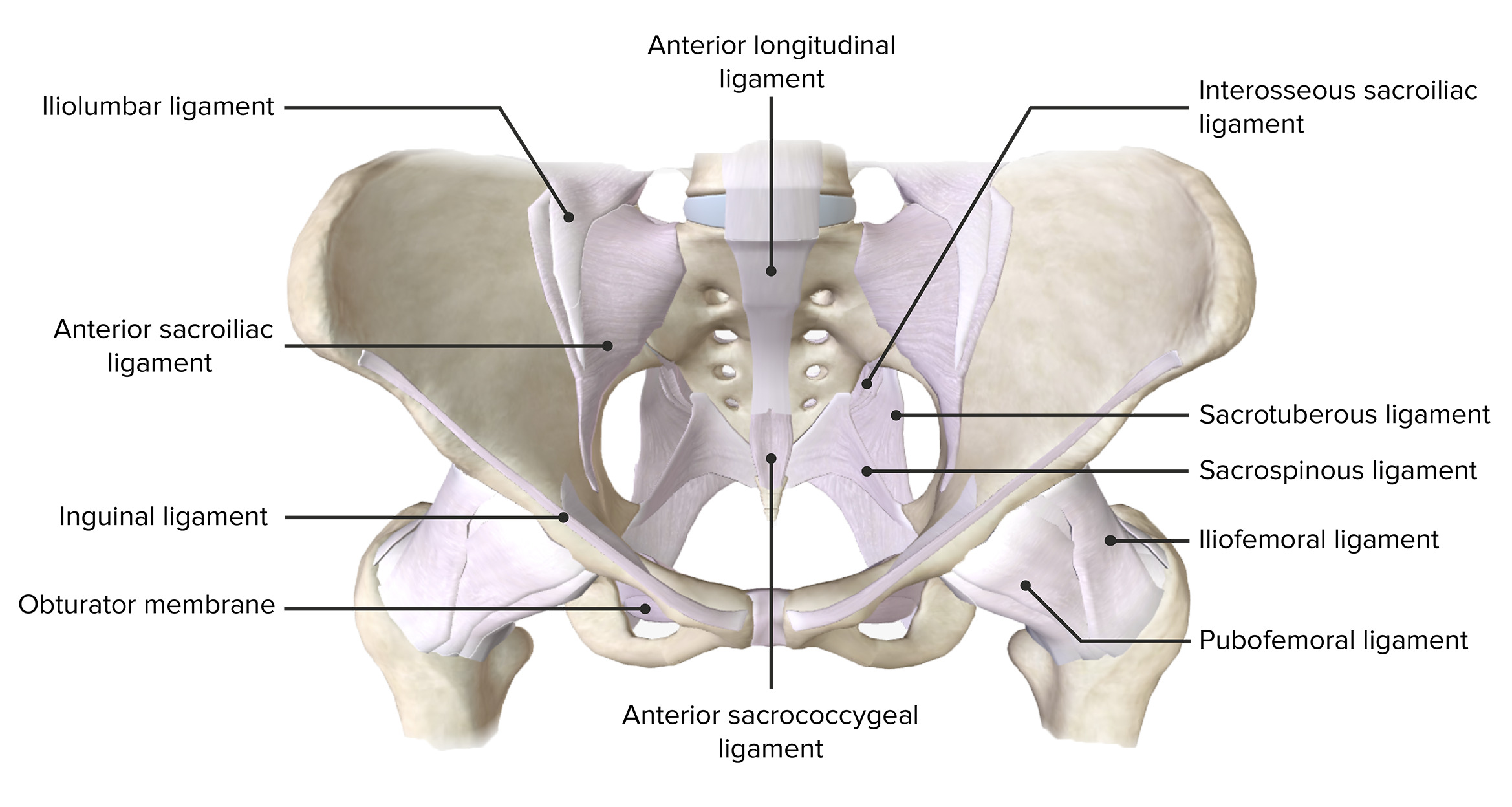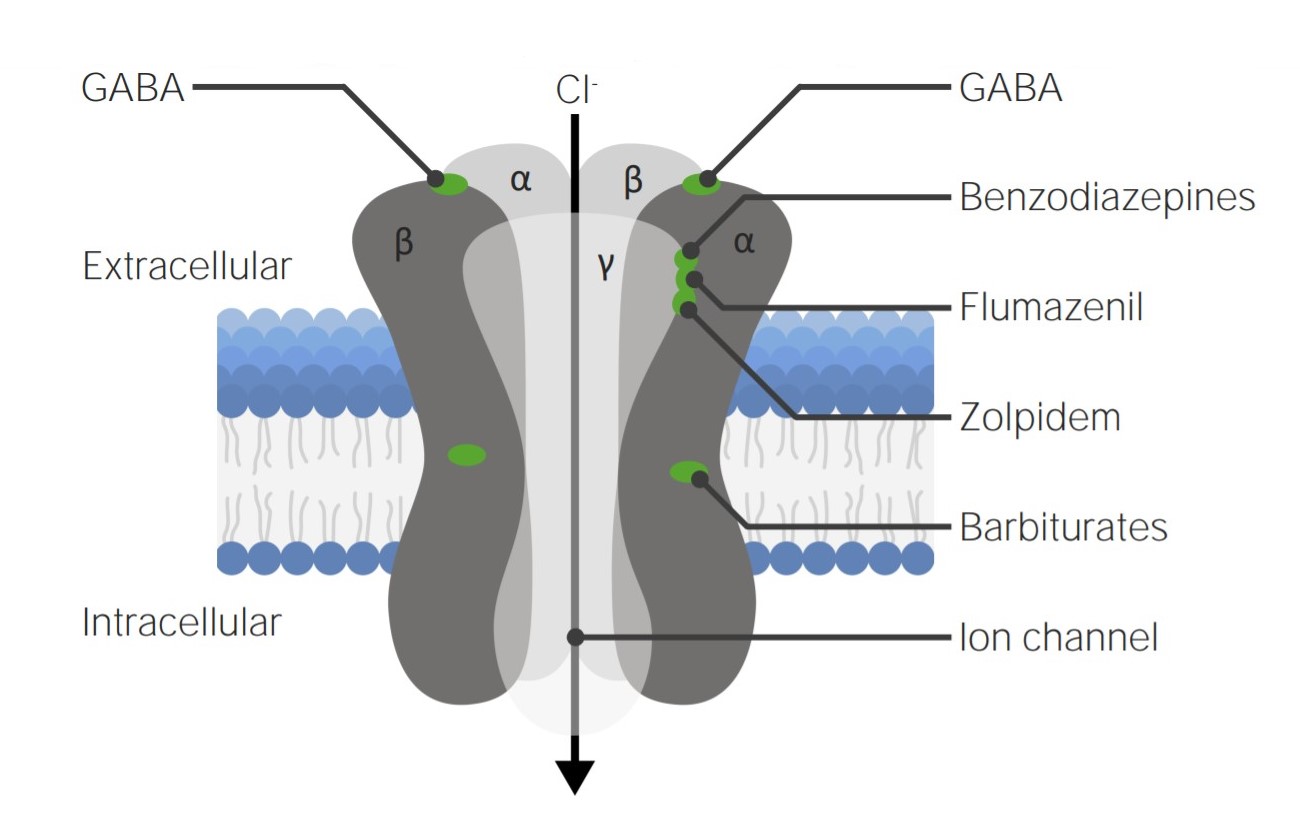Playlist
Show Playlist
Hide Playlist
Lower Limb Blocks – Other Limb Blocks and Intravenous Regional Anesthesia
-
10 -Other limb Block.pdf
-
Download Lecture Overview
00:00 Lower limb blocks can either be done at the level of the femoral nerve, in the video we just saw that was a femoral nerve block, and that will give you an excellent block of the thigh, down to the knee. And is good for post-operative pain control, not a great block for actual surgery. And then we do our other blocks tend to be lower in the leg, behind the knee in the popliteal fossa or down at the ankle. So usually, if you've got, if you're going to use a lower limb block for anesthesia, it's better to just go ahead and do a spinal or an epidural, and use that block for the anesthesia for the surgery. 00:42 And then do a femoral nerve block or a sciatic nerve block, or a combination of the both for post-operative analgesia. I'm showing you how we do a femoral nerve block. Sciatic nerve block is significantly more difficult and requires a lot more skill to do than a femoral nerve block. 01:00 So here's a demonstration of femoral nerve block using just landmarks and palpation rather than the ultrasound guided technique we showed you a moment ago. And when you palpate the inguinal area it's very easy to feel the femoral artery. And if you consider the femoral canal, to consist of artery - nerve - ring, you can think in the position of all these organs, if you think of Mr. VAN. So in this acronym the M stands for median, so right medial inside the leg. R stands for the femoral ring. V is the femoral vein. A is the femoral artery. And N is the femoral nerve. So if you're feeling the artery, the nerve should be just lateral to the artery. 01:48 This is the position that's often used for the sciatic nerve block. As I mentioned earlier, this is a more difficult block. The landmarks are often difficult to identify, particularly in obese patients. 02:00 And it's not commonly done, unless you're actually a very good regional anesthesiologist. 02:06 The ankle block is commonly done for foot surgery, in which a tourniquet isn't used to prevent bleeding during the surgery. And it's a relatively easy block, they're usually 3 needle positions in the front of the foot. One a little bit lateral, one a little bit medial, and you can see the three nerves that we try to catch with that. And that will give quite good anesthesia to the whole foot. If you need to use a tourniquet however, and many surgeons require this to prevent bleeding in the foot, the tourniquet has to be placed higher than this. And tourniquets produce a lot of pressure and can become very uncomfortable in a relatively short period of time. 02:48 And this block doesn't prevent the sensation of the tourniquet. So, if you're going to use a tourniquet, you really can't use this block.
About the Lecture
The lecture Lower Limb Blocks – Other Limb Blocks and Intravenous Regional Anesthesia by Brian Warriner, MD, FRCPC is from the course Anesthesia.
Included Quiz Questions
What is the MOST effective way to place a regional block?
- Utilizing ultrasound-guided needle placement
- Searching for paresthesias
- Identifying and injecting around an artery after it has been pierced with the needle
- Using purely external anatomic markers to identify the best place for injection of local anesthetic
- Using nerve stimulator technique
The femoral nerve is located lateral to what structure?
- The femoral artery
- The femoral vein
- The sciatic nerve
- The ilioinguinal ligament
- The hypogastric nerve
What makes the sciatic nerve block difficult?
- The landmarks are not easy to identify.
- The nerve's location never follows the same course.
- The sciatic nerve is a very small nerve.
- The sciatic nerve is a superficial nerve.
- The block has to be performed in the supine position.
Customer reviews
5,0 of 5 stars
| 5 Stars |
|
5 |
| 4 Stars |
|
0 |
| 3 Stars |
|
0 |
| 2 Stars |
|
0 |
| 1 Star |
|
0 |





